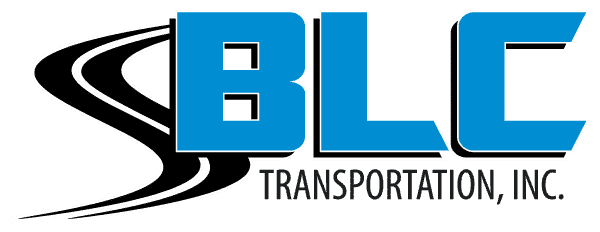The Class-A CDL
Take a minute to think about the last time that you saw a normal car parked beside an 18-wheeler. With that image in mind, it should come as no surprise that a regular driver’s license isn’t enough to demonstrate that you’re capable of safely steering a tractor-trailer. In fact, there are a few different types of commercial driver’s licenses, or CDLs. Learning about the types of CDLs and how to get a Class-A CDL will help you prepare for a rewarding career as a commercial truck driver.
Discovering the Types of CDLs
There are three types of CDLs. Discovering the types of vehicles that each prepares you to operate will help you choose the right licensure to pursue to meet your goals.
A Class-A CDL allows you to operate tractor-trailers. It also works for livestock trucks, trucks with a trailer combo, flatbeds, tankers, and more. However, having a Class-A CDL doesn’t mean that you can automatically haul any load. The Federal Motor Carrier Safety Administration, or FMCSA, requires drivers to obtain lettered endorsements before they can get behind the wheel of trucks with special loads:
- H: This endorsement is required before a driver can transport any material deemed hazardous.
- N: Drivers who wish to operate tankers capable of carrying potentially unstable liquids or gases need this.
- T: Any drivers planning to operate multiple trailers will need to acquire this credential.
- X: Hauling HAZMAT loads requires real expertise. The X endorsement demonstrates that a driver has additional training.
A Class-B CDL allows drivers to operate large vehicles, but they cannot tow any trailers over 10,000 pounds. As a result, these drivers are generally found piloting buses, straight trucks, and dump trucks. Occasionally, they might drive tractor-trailers with lighter loads, which often restricts them to local routes.
A Class-C CDL lets drivers operate a vehicle of no more than 26,001 pounds or 15 passengers and one driver. Therefore, you may find them piloting straight trucks, box trucks, garbage trucks, cement mixers, and passenger vans.
Securing a Class-A CDL
How do you get a Class-A CDL? The details will vary depending on your state. However, FMCSA provides a basic overview of what to do that makes it easy for anyone interested in becoming a truck driver to begin their journey:
- Obtain the CDL manual for your state. Each state has its own process and its own rules. Visit a physical government office or download a copy of the CDL manual to discover your state’s requirements.
- Decide if you are interested in seeking any endorsements. Adding endorsements to your Class-A CDL will require additional effort. You may have to pass skills or written tests for each endorsement.
- Secure your commercial learner’s permit. With a CLP, you’re able to practice driving an appropriate commercial vehicle on the road with a driver with a CDL in the passenger’s seat. To get your CLP, you’ll generally need to pass a knowledge test and demonstrate a lengthy clean driving record. In addition, you’ll need to be medically cleared.
- Graduate from a commercial driver training program. Operating a large vehicle takes skill and training. To ensure that licensed drivers are prepared, those seeking a license must successfully complete a driver training program.
- Acquire your Class-A CDL. After holding a permit for a suitable period and completing the necessary training, drivers are given a chance to pass a skills test. If they do so successfully, they acquire their Class-A CDL.
Getting a Class-A CDL can open the door to a fantastic future. At BLC Transportation, we’re delighted to help you get your career rolling. We have opportunities for both company drivers and lease-purchase drivers. With our lease-purchase program, you can make 90 percent of the line haul while driving new trucks that provide comfort, fuel efficiency, and reliability. Plus, we offer bonuses and incentives, a health insurance subsidy, a friendly passenger/pet policy, assistance with registering for an LLC, and more. Join our team today!

